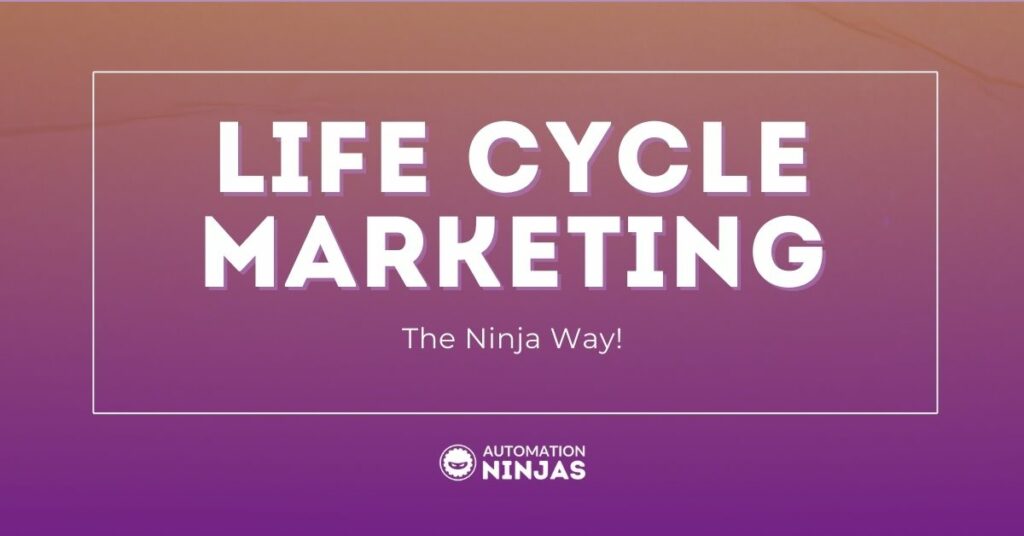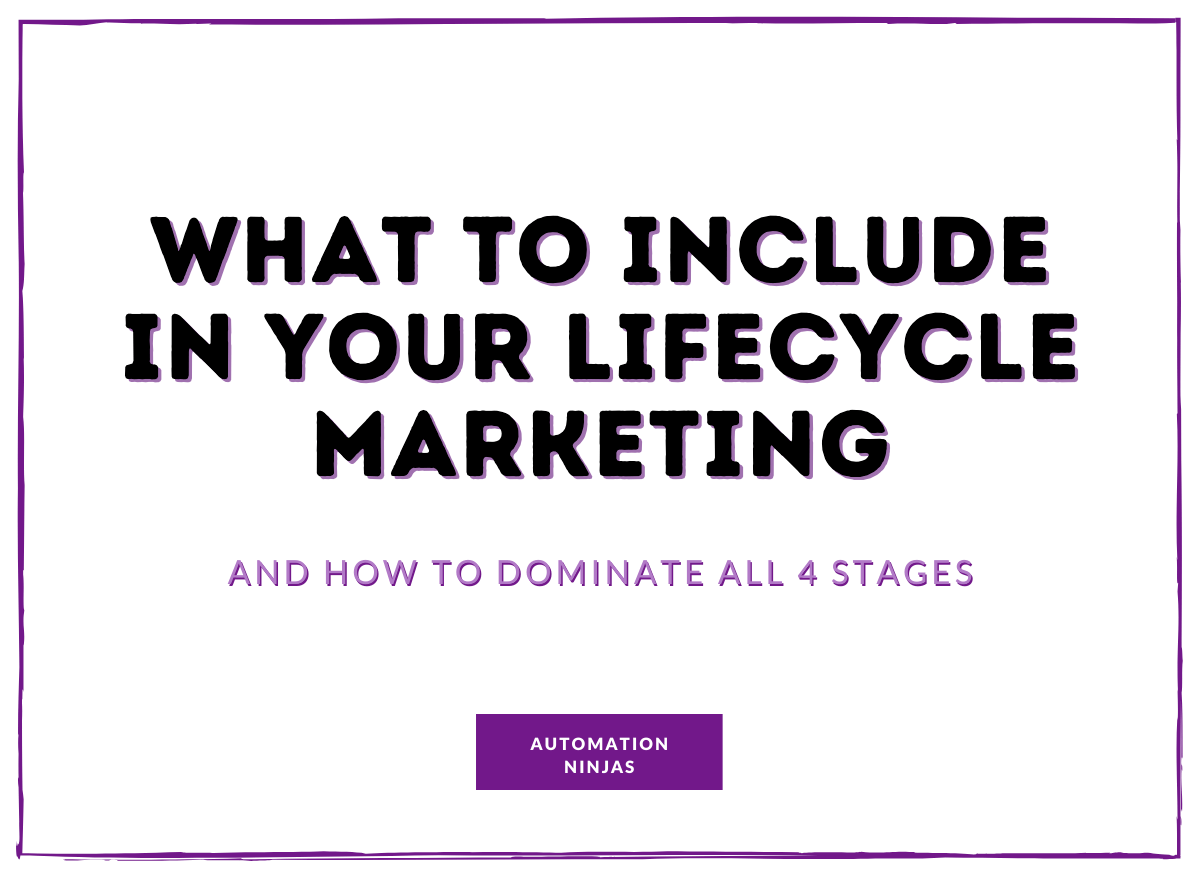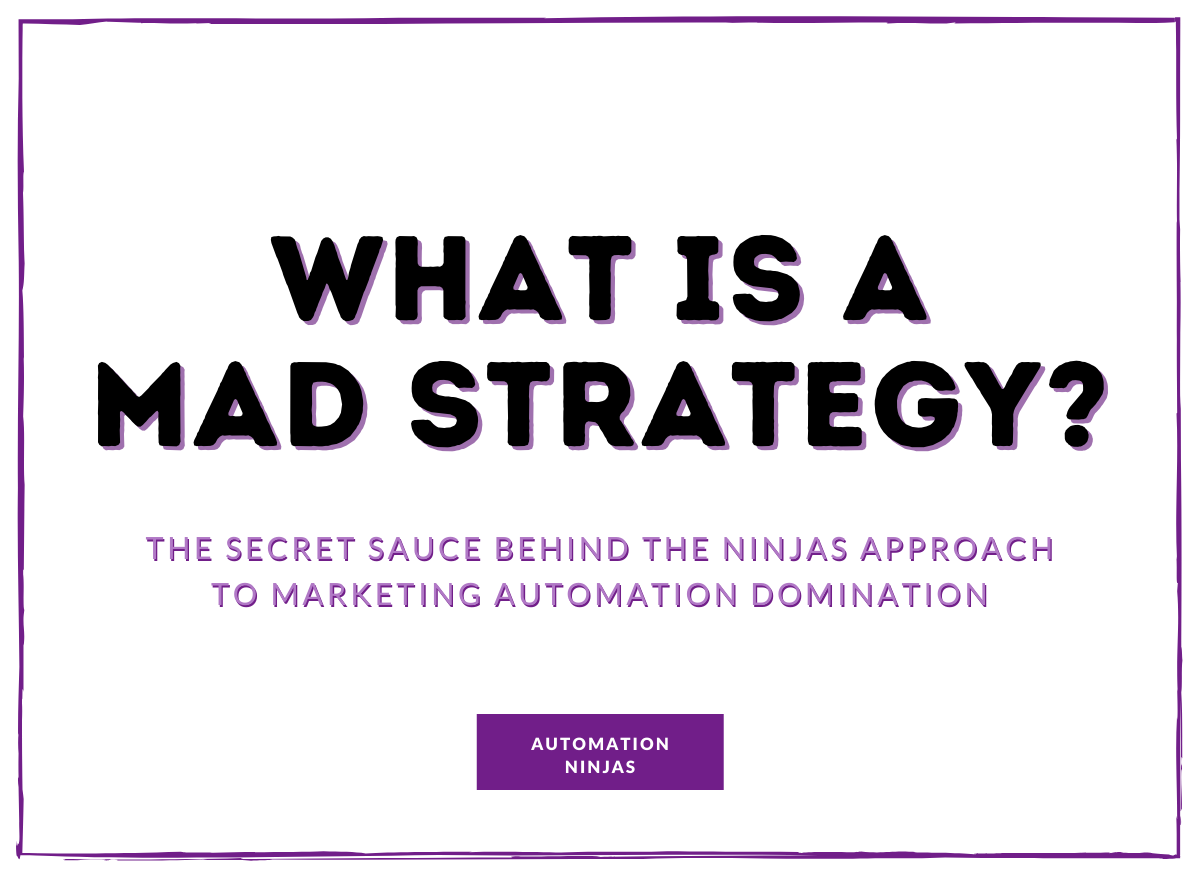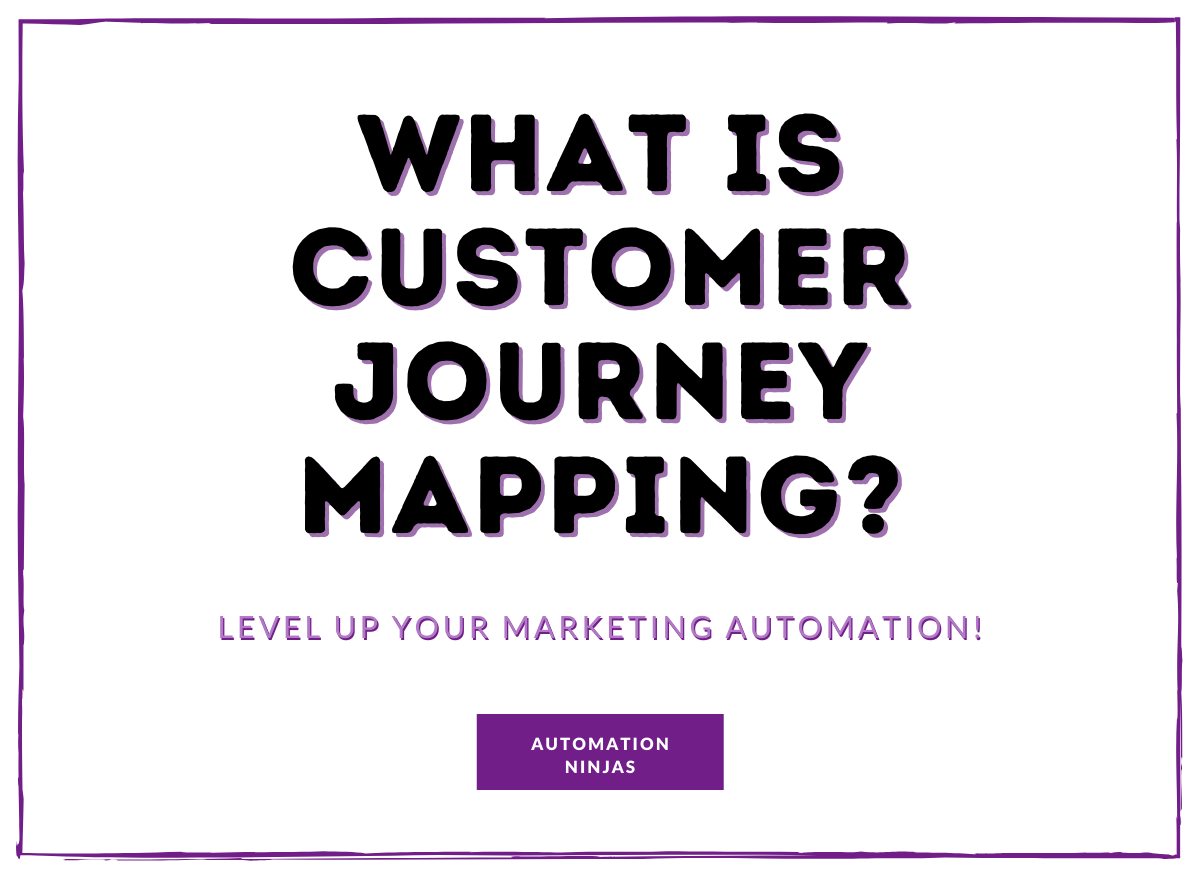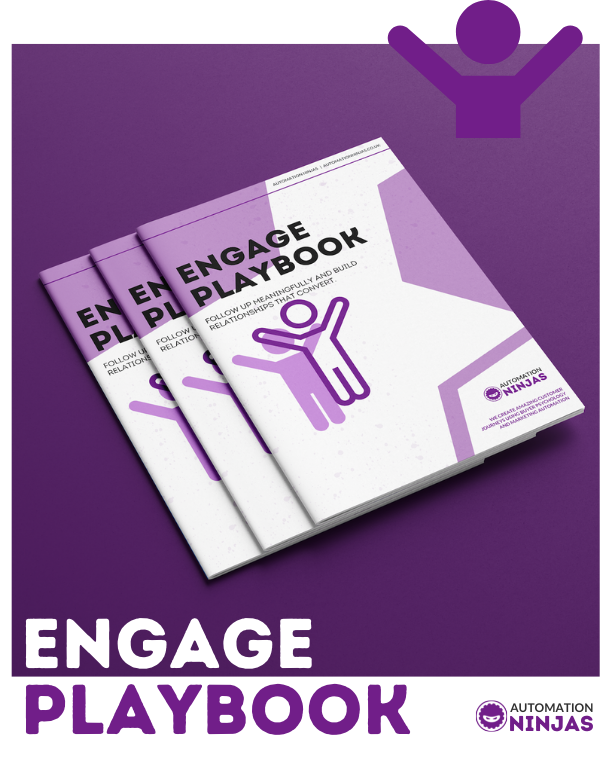AUTHOR: Kenda Macdonald
As a dedicated consultant, I specialise in elevating businesses through top-tier consultancy, fueled by a deep understanding of buyer psychology cultivated over years of experience. My expertise lies in crafting marketing and sales strategies that propel businesses to new heights by leveraging insights into the buyer brain. As a bestselling author, public speaker, and strategist, my passion for decoding human behavior drives me to innovate and deliver unparalleled results. I've designed a methodology adaptable for all types of businesses, ensuring transformative customer journeys and experiences.
How do you define "Marketing"?
If you're in the business of selling anything, providing a service, customer service, or keeping people happy, you're in the business of marketing.
We define marketing as "anything to do with influencing a decision, making a sale, keeping a customer, and keeping them happy".
That means all the way from advertising, to point of purchase, to customer retention and upselling, and then right the way through to customer service and happiness - is all marketing.
When looking at your business from this viewpoint, it becomes painfully obvious that reserving your marketing for the front end of your customer journey means you're losing out on huge opportunities throughout the rest of the customer journey.
According Marketing Metrics it's 50% easier to sell to existing customers than to brand new prospects.

Marketing throughout the customer journey also makes financial sense.
Bain and Co., showed that a 5% increase in customer retention can increase a company’s profitability by 75%.
And Gartner Group proved that 80% of your company’s future revenue will come from just 20% of your existing customers.
Not to mention that attracting new customers will cost your company 5 times more than keeping an existing customer (Lee Resource Inc).
So you need a marketing strategy that is going to help you nail the statistics above, and keep up with the entire customer journey.
Enter Lifecycle Marketing!
What is Lifecycle Marketing?
Lifecycle Marketing is a strategy for intelligently marketing to both your prospects and customers, helping you create meaningful relationships by understanding the value of the whole customer journey.
As the name suggests, lifecycle marketing focuses on the entire customer experience, from first contact all the way through to customer acquisition, retention and onto loyalty. It doesn't drop off after you make the sale... Rather it helps you keep that customer and keep them purchasing.
It was created by Infusionsoft Software, Inc. specifically for Small Businesses. Predominantly to help business owners realise the potential in their customer bases.
The structure of the strategy helps turn customers into repeat buyers and brand advocates.
When used correctly, it will revolutionise your business.
And of course, although aimed at small businesses, the framework can be used for any size business - titans included.
Sounds pretty awesome right? It is!
Let's dive a little deeper.
What are the stages of Lifecycle Marketing?
It's a three-phase framework comprising of:
Attract - Sell - Wow

Each of the phases then breaks down to 3 further sections (which we'll cover shortly).
Its core is derived from Customer Lifecycle Marketing, the frameworks that are often the domain of e-commerce providers.
But the big difference is that it's not its individual phases, or their subsections, that are all important.
Rather it's the focus: Attracting, Selling and Wowing your customer base - and how this approach can help you achieve a well-rounded system.
Infusionsoft states "The real value of Lifecycle Marketing derives from integrating the individual phases into a single system — leveraging the interconnectedness and interdependencies of the stages. As the saying goes, the whole is greater than the sum of its parts".1
Now let me be clear: you don't have to be an Infusionsoft® user, or even have an online business to use this framework. It is system, industry, business model and platform agnostic. And that's because the tactics it advocates have been used in business in some shape or form for thousands of years.
Why I love this Model so much:
Creating a systematic sales and marketing strategy for your business, and your entire customer lifecycle can be a daunting process. It can feel like a huge, overwhelming task. And that's what keeps so many businesses from doing this properly.

For me - that's the beauty of this model: It's simple.
There really are no secrets to this, just tried and tested ways of approaching the process of promoting, selling, and distributing a product or service to the consumer - continually.
The focus is all on your prospect and their experience. It's a truly customer centric model.
But what makes it different from all the other models?
That would be its modular approach.
Lifecycles are not linear. Prospects do not behave in a linear manner, and that's because we're all human at the end of the day.
This is why older models are outdated and simply fail to perform.
As Marketo says:
Some buyers go through the same stage multiple times, some skip a stage, and some may revert back to an older stage before taking two steps forward. In the past, it was hard for marketers to identify individuals in the journey, let alone react to where they are in the journey. That’s changed, however, with the emergence of more sophisticated marketing automation platforms and complementary technologies, and the model needs to evolve to reflect that reality.2
So if you know you are struggling with specific areas, you can dive into any of the phases at any time depending on where you need to focus the most and how the phases interweave within one another in your own business. Got to love the flexibility!
We're going take a look at each of the phases in the model in turn, with our ninja phase added.
Ninja phase? Yep. We've added a phase. Not only that but we, of course, have added our own behavioural slant onto the entire process. That means you have the capability of having consumer behaviour drive the model. And that is marketing Nirvana.
Back to the new Ninja Phase we have added in:
We're not messing with a tried and tested model here, rather this is something that is now of such vital importance it needs its own phase: ENGAGE
Lifecycle Marketing is the Model that includes 3 PHASES: Attract, Sell, Wow - our adaptation makes that:
Attract, Engage, Sell, Wow
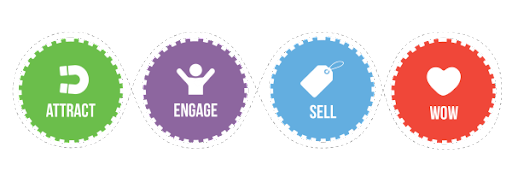
This is a phase that Infusionsoft has been thinking about adding for some time now, and we couldn't agree more.
In today's fickle marketplace, your business is nothing without customer and prospect engagement. It's what makes your customers stick around - so we've sped the process up a little and added it in there for your benefit to help you get ahead of your competition.
Itching to get started? Before we go into the How - let's look at the Why.

Why Lifecycle Marketing?
Customer Lifetime Value (CLV).
Succeeding in business is all about your customer lifetime value. It is customer lifetime value that is the driving force behind Life Cycle Marketing.
The importance of CLV is evidenced by these lovely little statistics:
25% to 40% of the total revenues of the most stable businesses come from returning customers.
Repeat customers drive 3-7 times the revenue per visit as one-time buyers.
Your conversion rate or revenue per visit are not your most vital metrics anymore. Yes conversion rates still have their super important place in the metrics you should be tracking very carefully. It's merely that CLV beats all others as a metric for long-term profitability.3
Not to mention that focusing on retaining existing customers is less costly than acquiring new ones.
And don't forget that juicy stat from Bain andCo.: A 5 percent increase in customer retention can increase a company’s profitability by 75 per cent.
Long Term profitability is the end game here, and these are statistics not to be sniffed at.
Having a cohesive, and adaptable LCM strategy means:
- Higher conversion rates in marketing campaigns
- Relevant marketing means higher response rates
- Happier customers receiving the right message at the right time
- Happier customers equal higher engagement and a stronger connection to your brand
- This builds loyalty and ultimately, they spend more money with you.
- Not to mention important insights into your customer base through the segmentation of your customers into lifecycle stages that you can then use to optimise the entire process4
These elements will all add to nurturing and guiding the behaviour of your visitors and customers in order to achieve specific goals, with the ultimate aim of increasing revenues based on maximising CLV.
Throughout this process, your visitors and customers will go through various stages of development, and understanding these stages is essential to creating the right sales and marketing strategies. So let's get into the stages and phases of Lifecycle Marketing.
Lifecycle Marketing Stages Deep Dive
At its basics, Lifecycle Marketing starts with reaching your target market and progresses towards an established loyal customer base.
LCM describes the points in the consumer or prospects journey where you:
- Claim their attention
- Bring them into your sphere of influence (micro-conversion)
- Turn them into a registered and/or paying customer (macro-conversion)
- Keep them as a customer (retention)
- Turn them into a company advocate (loyalty)
Of course, along the way, many individual customer life cycles are cut short by abandonment and attrition. Which is an unfortunate reality of the fickleness of the market place at this point in time.
You can of course drastically reduce this by keeping your customers engaged!
The LCM framework addresses all of this in its four stages:
Attract, Engage, Sell, Wow
Attract
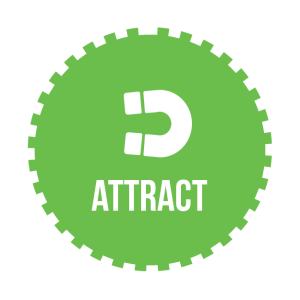
1. Target
The first section in the attract phase is all about understanding your target customer clearly. Infusionsoft often says "If you sell to everyone, you sell to no one".
This is a statement I cannot agree with more.
One of the biggest mistakes you can ever make is not being 100% clear on who your target market is.
Further to that, there will be distinct groupings of people within your audience. We call these segments.
Having clarity of the segments within your audience allows you to talk to them like individuals and how they would like to be spoken to, as each of these segments will need to be targeted differently.
2. Attract Interest
Once you are clear on your audience and it's subsections, you will have some understanding of what makes them tick. When you understand them, you will have clarity on what their wants and needs are. Using that information you can start to put together valuable content and offers that will attract their interest - lead magnets.
This stage is often called Awareness: The point at which a buyer first learns about your brand or product.
You will also know where they hang out, both online and offline, so you can start thinking about where you can tell them how they can get hold of this valuable content and the great offers - in other words: advertise.
3. Collect Leads
Advertising and driving traffic is worth nothing if you don't have a mechanism to automate the collection of information on leads. Lead magnets are how you offer an ethical bribe to your audience to give you their personal information in exchange for valuable content and offers.
We collect the information by way of sign up forms that your audience may fill out.
(These examples may sound simplistic - but they are incredibly simple strategies at their core. That is exactly what makes them so powerful.)
This tradeoff for their contact information for something of high value to them also gives you something very important. Permission. Permission allows you to contact them, but what you still need to gain is the most important ingredient, trust.
Engage

1. Educate/Nurture
Once you have their contact information and permission - your main focus is to build trust.
Your entire aim as a marketer is to build a relationship with your prospects and customers. If you are in for the long haul, with loyal customers who advocate you and your business at every chance they get, you have to build a relationship with your audience.
And the foundation of successful relationships is a win-win environment of trust.
You provide value, they exchange money for more value and you build the relationship thus. If at any point the trust fails, the money will cease along with it. They will take their business elsewhere.
To add value, they need to understand the value they are being given. So you educate your audience. Generally, this is a relatively straightforward process as they will have signed up to receive an item of value to them, now you can educate them on that information.
Education does not just involve giving information - but rather it also involves satisfying specific points along the journey. Specific emotional markers that help you build and develop your relationship, and move your prospect along their Awareness or Sophistication path.
This phase, Education/Nurture combined with the next: adding value are the two most vital stages in the entire lifecycle. Without these, you will never be able to reach your potential within your business. Engagement is all about the relationship, and it's where a buyer will properly become interested in your product or service.
2. Add Value
Education is nothing without value. Whilst education will move them along their awareness and sophistication paths and further down the funnel, it must go hand in hand with value.
The world today is simply too busy and too noisy for you to keep attention if you do not provide value.
You need to give value to get value. See: How to add value to your content.
Value is not isolated to the initial building of the relationship, but rather it is vital to the continuance of the relationship. You must continue to provide value as long as you want the relationship to continue. And if happy customers with long and substantial CLV is what you are after then education and value are where you need to focus your attention.
Sell

1. Offer
Once you have established a relationship, and added value your prospects will be primed for purchase.
This is the point at which you can make the offer. Your offer needs to be consistent with the original pain that they signed up for, and there needs to be clear benefit to the prospect as to exactly how you will help solve their pain and what the pain relief will give them.
By correctly building and structuring your offer you will be able to avoid buyers remorse and refunds, and create genuine excitement and desire for your products.
2. Close
Unfortunately, no matter how well crafted your offer is, a proportion of prospects simply won't take you up on it. This is where the close process comes into its own. In the close section, the focus is on getting those of your prospects that are on the fence, firmly off it.
A subset of your prospects will be interested enough to view your offer, visit the cart, but may not be committed enough to buy. This is generally called Abandonment.
With abandonment, the focus is to talk to the pains they may currently feeling and how your offer will help them solve those. Then speaking to the benefits they will enjoy once converted.
Again - if you have not built a relationship and then fostered trust, your prospects will not convert. They simply will not trust you enough to do so.
Objections should also be a strong focus during the close phase - speaking to these will ensure that you touch all the points you need to ensure conversion and that you put to bed any niggles that are causing your prospects to hesitate.
Offer and Close makeup Sell, also known as "Purchase" in other models.
Wow

1. Deliver and Wow
After purchase, you have an opportunity to build a Wow experience and go above and beyond to keep your customers engaged after the purchase.
This is where you focus is on turning a customer into an advocate by knocking their socks off.
One of the easiest ways to do this is to add value after the point of sale. Providing a continual nurture after sale encourages consumption and assures the prospect that you were not just after the money from the sale. This is how you continue to build trust and engagement.
After x period has passed, it is vital to check in and see how they are doing - again your audience will feel that you care about their success with your continued engagement. If your customer is overjoyed you know you have done a good job and they are on their way to advocacy. If they are upset, this is your opportunity to fix the problem before you lose their custom completely, and in doing so, gain yourself an advocate.
Some of the more advanced models, have a stage for this called "Retention/loyalty". This is described by Marketo as "when a customer purchases the product, uses it, and keeps coming back". Personally I feel that oversimplifies the role you need to play in keeping your customers engaged after the point of purchase.
2. Offer More
I like the way Marketo thinks about the stage, as "Growth: When you identify complementary products to cross-sell or upsell the customer to continue to provide increased value".
Immediate upsells aside, when you are sure your customer is satisfied - it is time to progress them on their journey by offering them more. This is of course an upsell in the traditional sense, but you can also cross sell here if you do not have an obvious progression.
The art of a successful upsell or cross sell is to accelerate the desired outcome - i.e. fix the current problem faster.
However, the focus should not simply be on selling more, but rather on continuing to provide increased value. If you don't do that, you can kiss your CLV goodbye!
That is exactly why the Offer More stage comes AFTER Deliver and Wow - not before. You need to let your customer engage and trust with their purchase before they will purchase more from you. If you provide increased value in the Deliver and Wow phase, your customer retention will build into a good CLV starting here.
3. Referrals and Testimonials
This is often referred to as " Advocacy: When customers love the product so much that they influence others to consider the product as well"
I advocate asking for customer testimonials after each purchase. But be careful when you ask. You want to ensure your customer has had enough time to consume your product to properly answer, but not so long that they can't remember!
I also advocate making sure your customers are happy before you ask for a testimonial - otherwise you risk upsetting them even more.
NPR scores are a great way of testing the water before you ask for a testimonial, and identifying those unhappy customers of yours that you need to reach out to.
Then, of course, come the Referrals. It is not always appropriate to ask for a referral - and you need to be careful what you do with the information that you get from the referee, some countries (Canada, and the EU and UK) have very strict laws on this.

How to implement Lifecycle Marketing in your business
Now that we've touched on the basic stages, let's talk about how your Lifecycle Marketing Strategies should interact with your business.
CustoraU has a fantastic acronym for how an effective LCM Strategy should look: RICH

Relevant, Insight-Driven, Customer-focused and Healthy.
Let's break that down now:
Relevant
Lifecycle Marketing enables you to communicate to the right person with the right message at the right time - wherever they are in their journey, and which ever type of customer they are.
As CustoraU says "The very definition of Relevancy."
Ensuring your marketing messages are relevant to your customers unique stage means your marketing will always be highly engaged with and well received - you'll be providing a valuable service to your prospects and customers rather than adding to the noise.
Insight-driven
Because Lifecycle Marketing is all about personalisation - it is the very antithesis of calendar driven marketing programmes.
That is not to say that these don't have their place in your marketing strategy, rather that by using the insights that your customers give you by their behaviour (whether purchases, visiting your website, recency, frequency and monetary value etc), it allows you to provide only relevant information to them. In other words a completely personalised, relevant automated experience driven by their own behaviour.
Customer-focused
As CustoraU says "Many businesses aspire to be “Customer Focused,” “Customer Centric” or “Customer Driven. Employing a customer lifecycle marketing strategy puts your money where your mouth is.
Your marketing goals become aligned with your overall business vision: Instead of optimizing short-term metrics like campaign revenue or marketing channel conversion, you can focus on improving metrics like customer lifetime value, customer loyalty, and retention."
Again, your long term relationships with your customers will allow you reap the rewards of a high CLV - and that is long term profitability.
Healthy
Healthy encompasses two interdependent areas:
1. Healthy Business Practices
Focusing on longer term profitability metrics is a more sustainable and ethical way of creating long term and long lasting business. And that all comes from focusing on things such as CLV rather than obsessing over smaller metrics to the exclusion of all others.
2. Healthy Customer Base
By making your customers the center of your marketing you get ultimate visibility into how healthy your customer base is.
You can then track metrics like:
- How many customers have not purchased yet?
- What is the size of the “lapsed” customer segment?
- How many loyal customers do you have?
Ultimately you need clarity as to what to track before you can track it. And Lifecycle Marketing is all about obsessively tracking customer behaviour and USING the information they provide to continually improve your services.
Now that you have an overview of What Life Cycle Marketing is at it's basic levels, and How your Life Cycle should provide you with a RICH business - how do you feel your own strategy matches up?
Do you need a hand with planning your own Lifecycle Marketing Strategy?
Get in touch!


